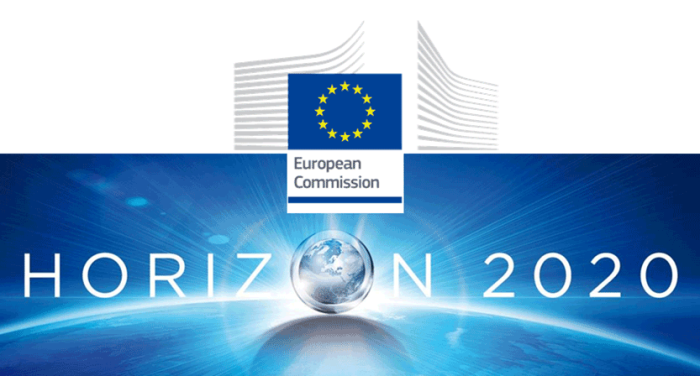
DOWN2EARTH functions on the premise that current modeling frameworks for assessing the impacts of climate on water storage at or near the land surface (and associated crop growth) are inadequate for dryland environments. Drylands pose many modeling challenges including the spatial and temporal variability in rainfall (1), very high potential evapotranspiration relative to input rainfall (2), high transmission losses into ephemeral stream channels (3) leading to focused recharge to groundwater aquifers (4), and low but significant rates of diffuse recharge.
Additionally, there are challenges of water scarcity and food insecurity within rural (agro-pastoralist) communities in the HAD region that are driven by spatiotemporal variability in seasonal rainfall. Currently, most analysis and forecasting of water scarcity and food insecurity is based only on rainfall downscaled from climate models, which is subsequently analyzed in various impact contexts.
The DOWN2EARTH Model Development Team created a simpler set of models that support decision making at multiple levels in society. In this project, we:
- Developed a regional, dryland-relevant hydrological model designed for multiple simulations and simplifed output describing water storage as a function of climate. This model, Climate into Useful Water And Land Information in Drylands (CUWALID), was developed as an open-source model installed at ICPAC and other institutions to feature as part of a workflow that converts seasonal and subseasonal climate forecasts into detailed information on the impacts of the climate on the distribution of water and vegetation.
- Creating an agent-based model designed to investigate emergent behaviors between climate and human society, in response to climatic and policy forcing
- Analyzing of seasonal climate forecasts in terms of hydrological fluxes and storage
- Exploring future climate projections and their impact on water and livelihoods
Back to Project Aims and Impact

An EU Horizon 2020 Project funded under grant agreement No 869550